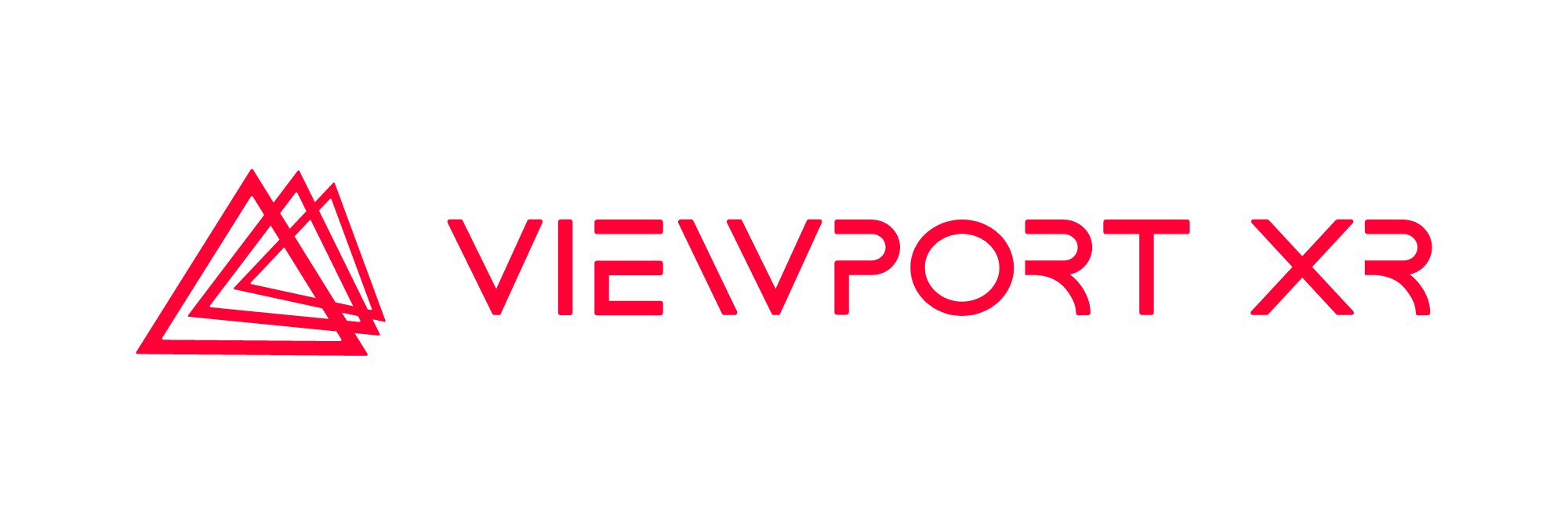The visualisation will enhance stakeholder buy-in
Getting ahead of the game in using Virtual Reality is what all trailblazing companies strive for. The technology is here to stay and getting better by the minute.
Reap the benefits with ever changing customisable technology by impressing your clients and enhancing your brand awareness.
You may ask; when is the right time? It’s now.
